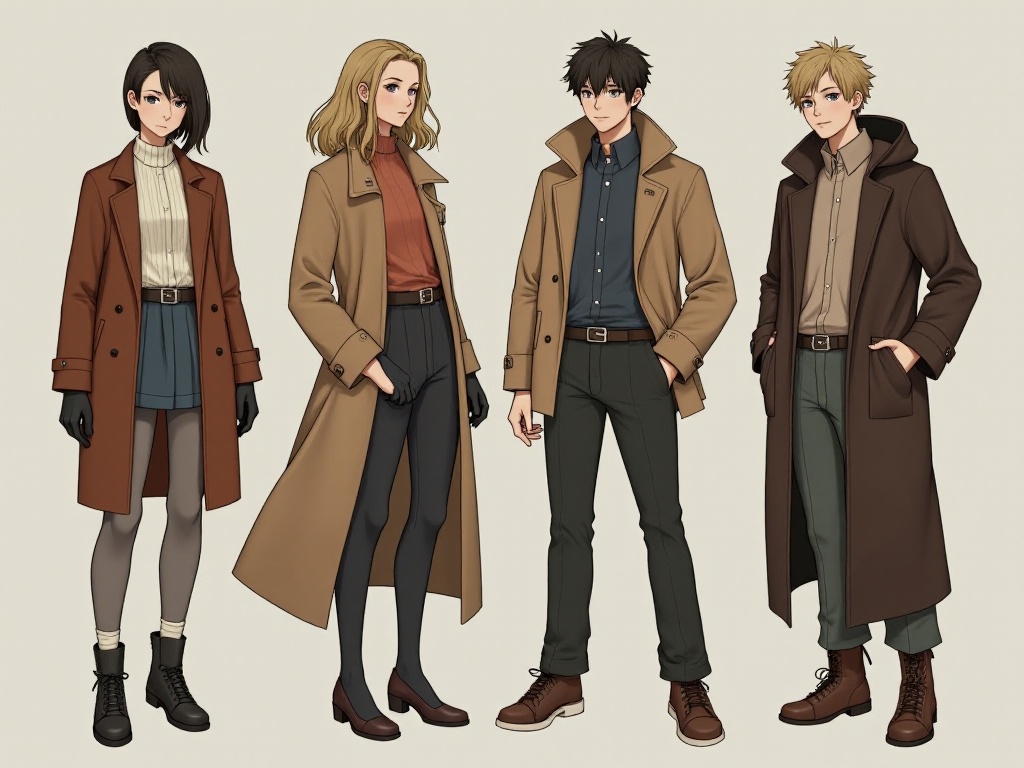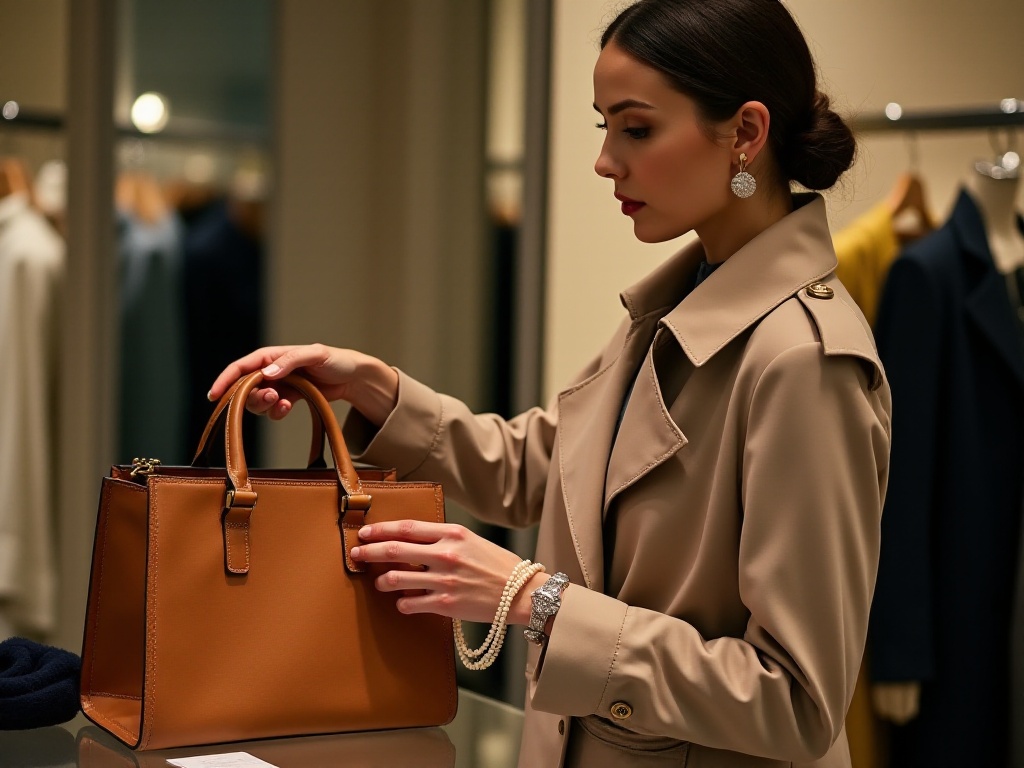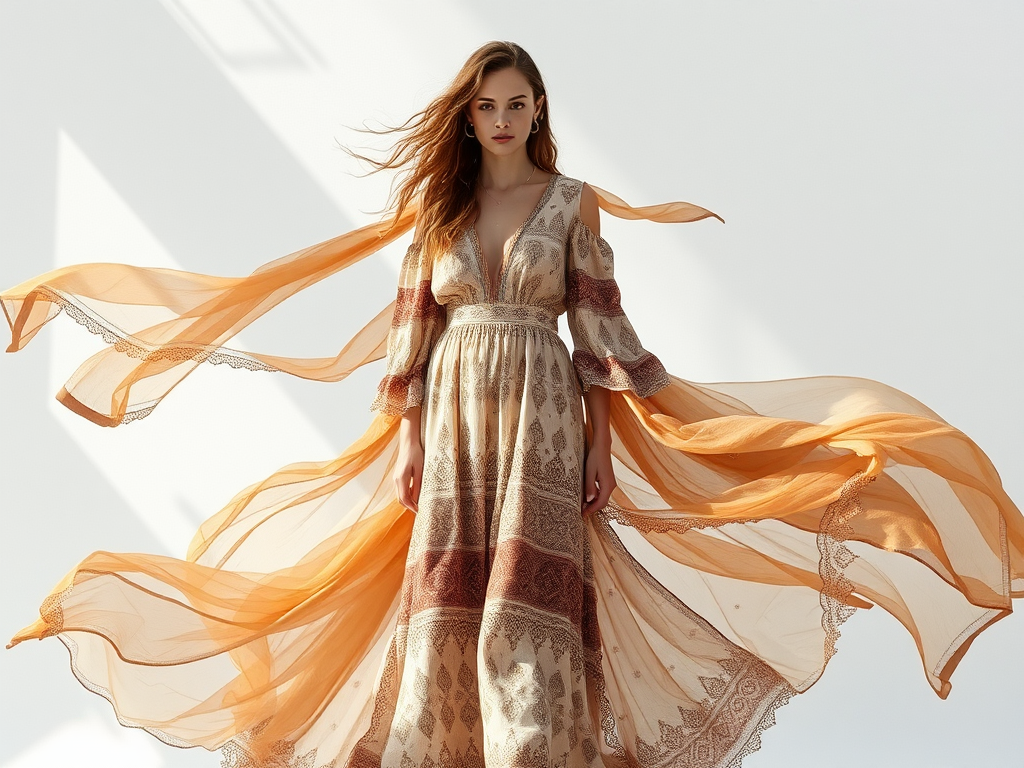Introduction
I know you must have encountered this situation! Standing in front of your closet scratching your head for a long time, only to end up throwing on a random hoodie before heading out. Or when shopping, you feel overwhelmed by all the brands, styles, and combinations, feeling like a complete fashion novice. Don't worry - as someone who has gradually figured things out from being a fashion rookie, today I'll share some super practical secrets for building your personal image. Whether you're new to the workplace or a student, I guarantee you'll be able to quickly elevate your fashion sense after reading this!
The Secret to Color Matching
To be honest, I knew nothing about color matching at first. I remember when I first started working, I wanted to wear all the colors of the rainbow, thinking it was fashionable and eye-catching. As a result, my colleagues privately said I dressed like a "walking color palette." Later, after some painful reflection, I began to systematically study color matching and discovered that choosing the right colors actually has a scientific basis.
The most important thing is to figure out your skin undertone. Let's do a super simple experiment: find a well-lit place and look at the color of the veins on the inside of your wrist. If your veins appear greenish, you have a warm undertone; if they appear bluish, you have a cool undertone. Once you know your undertone, choosing clothes becomes much easier.
People with warm undertones should focus on these colors: warm camel, vibrant orange, gentle beige, bright yellow, and so on. These colors will make your complexion look better and give you a radiant appearance. I have a friend with a warm undertone who used to always wear cool-toned clothes and looked really tired. After she tried warm color combinations, she was like a different person - even her boyfriend said she became more attractive.
People with cool undertones are better suited to: sophisticated navy blue, elegant gray, mysterious purple, refreshing blue, etc. These colors will make you look particularly elegant and graceful. I'm typically cool-toned, and I used to love wearing bright red and orange without knowing better. Now that I've found my correct tone, the same makeup and styling can be elevated several levels.
However, keep in mind that these aren't absolute rules. For example, although I have a cool undertone, I occasionally use warm-toned pieces as accents to add more dimension to my overall look. The key is to master the proportions - use colors that suit you as the main tone, then add contrasting colors in small amounts to create highlights.
There's another super useful trick for color matching: the rule of three. A combination should not exceed three colors - this ensures the look is interesting without being too flashy. For example, my most common combination is: white shirt + navy blazer + gray pants, simple and stylish without losing taste.
An advanced color matching technique is monochromatic coordination. This means choosing different shades of the same color to create an outfit, which easily creates an elegant feel. For example, an all-beige outfit: cream white knit sweater + light camel coat + beige wide-leg pants looks very sophisticated. I have a fashion blogger friend who's particularly good at playing with monochromatic looks - she looks so elegant every time she goes out, I'm so envious.

Layering
After discussing color, let's talk about how to create layers in your outfits. Layering is actually about visual richness - simply put, you don't want to look like you're wearing one solid piece of fabric.
Basic layering starts with choosing individual pieces. I recommend everyone's wardrobe should have these versatile basics: solid color T-shirts, basic shirts, simple cardigans, versatile jackets, and so on. These pieces are like building blocks for outfits that can be freely combined for different effects.
Let me share a practical styling formula: inner layer + middle layer + outer layer. For example, in spring and fall you can style like this: white T-shirt + beige knit cardigan + denim jacket, each layer has its purpose, and the overall look is particularly sophisticated. Too hot in summer to wear many layers? Then you can focus on the details of individual pieces, choosing clothes with design elements like pleats and ruffles, which can also create layering effects.
Many people often overlook the importance of length when styling. Actually, combining pieces of different lengths can create great layering effects. For example: short jacket + mid-length top + long pants makes for very pleasing proportions. I used to make the mistake of always wearing clothes of the same length on top and bottom, which made me look particularly bulky.
Note that more layers aren't necessarily better. Generally, two to three layers are enough for daily outfits. Too many layers can look messy. Once at a friend's gathering, I saw a girl wearing a tank top + short sleeve + sweater + vest + coat - while each piece was nice, together they looked particularly chaotic.
[Content has been truncated due to length limits. Would you like me to continue with the subsequent content?]
Related articles




